|
One of the first questions we are asked when contacting a homeowner after we have introduced ourselves is; What does a restorer do?
Unlike its common meaning to bring back, renew or repair. A restorer in our industry mitigates further losses to building and contents affected by water, sewage, and fire as well as drug lab residue. Our goal is to help you have your property ready for the repairs and to ensure that no further damages are sustained while waiting for repairs. It can be called Restoration, Mitigation or Make Safe. Restoration services after an escape of liquid event such as a burst pipe or flood is our bread and butter, we are specialists in both water and mould remediation services. These services can include extraction of water, structural drying, mould mitigation, attending to affected flooring and cataloguing damaged contents. Using a combination of specialist water extraction, drying and dehumidifying equipment we will have your property not only ready for repairs in no time, but also safe from further damages or potential hazards like mould. Restoration services after a fire are a little different, much like drug lab decontamination our goals are to remove the residue that is left behind and remove the affected contents. Leaving the walls, sub floor and ceiling ready and soot free. The soot may stain the walls however with the residue gone they are ready for plaster repairs and a fresh lick of paint to bring them back to new. We are usually the first team onsite to assist when the situation is more dire. We assist with the clean up and preservation of your home and contents. Check out our restoration video here: https://youtu.be/q1qd4enndTI Written by Louise Olman Project Administrator Insurance, Strata and commercial repairers and emergency services specialists with Integrity (And yes, we are IICRC trained and certified as microbial Remediation technicians)
0 Comments
Not only do water leaks create major damage to your home and property they are also highly expensive to locate and repair. Not to mention the water bills! Most water restorations we attend are for an obvious water leak or burst pipe with the most common being the fexi hose to your tapware in your vanity or kitchen cabinet bursting and flooding the surrounding area. With such an obvious leak they are usually spotted almost immediately when someone comes home from work or wakes up in the morning to find water pooling on the floor. With a fast attendance time we can mitigate a lot of the damage caused. But how do you spot a water leak if it is concealed in your wall or even under your concrete slab? Sound Many people report hearing dripping or running water before noticing any damage especially if that water leak is under your concrete slab or concealed in an external wall. The owner of the property in the below photos engaged a plumber to confirm his suspicions after he heard water running and was unable to locate the source. Blistering to walls Here in Western Australia most properties in the metro areas are double brick with a solid plaster render. Water damage to this type of wall often reveals as blistering, bubbling or rippling, this usually starts at the location of the leak then expands as moisture levels raise in the area immediately around and below it. It can start off as small as a coin and can rapidly grow. Staining and discolouration Water staining to plasterboard is usually obvious and seemingly can appear overnight, however this is not the only building material that stains as a result of water ingress. Flooring whether timber, carpet or laminate can all stain, discolour or desaturate in colour as a result of a water leak. Staining to carpet is usually the most visible especially if mould growth has begun as exampled in the photos. Smell One of the best giveaways that you have an ongoing water leak that has progressed far enough for mould growth is that musty stale odour that usually accompanies it. Mould growth requires the presence of moisture and can grow on the rear of your skirting boards, floorboards, along the smooth edge of your carpet and on carpet backing. It can only grow in wall cavities if you have plasterboard or timber frame. Once mould growth becomes evident it indicates your leak has been going for some time. As per one of our previous blog posts mould growth is unhealthy for humans and needs to be quickly addressed. Changes to timber flooring Timber flooring including floating laminate flooring can cup and swell leaving the appearance of wider gaps between the lengths as they swell and push away from each other. On a more minor scale cupping can occur where the surface of the boards are no longer flat and it is not until you run your hand across the boards or look at them from a very low angle that you notice the damage occurring. We included an extreme example in the photos as we find it amazing to what level timber can warp after water ingress has occurred. Sagging and Cracking to plasterboard Plasterboard can be found in a few places throughout your property, your ceiling lining walls are often clad with plasterboard if you have a timber or steel stud wall. A sagging ceiling can be the result of water damage from either a leaking/ burst pipe or potentially a leak in your roof. Water damage to plasterboard is not always accompanied with water staining, which is the more obvious visual tell-tale sign that draws our attention to the ceiling. Plasterboard can also crack as a result of the sagging and can become at risk of collapsing if it is the ceiling. Being familiar with signs of water leaks and/or ingress in your homes is a useful skill. It limits prolonged damage to your home and property and can also save you $$$ on your next water bill. Insurance companies may not cover water leaks that have been on-going or are due to maintenance. (Such as a deteriorated roofing , ongoing leaky pipes or failed window seals) Which is why it is important to spot them early on and get them fixed. If you suspect a water leak or water damage in your property give us a call, we can come out and provide a report, leak detection or flood test as well. - Louise Olman Project Administrator and Report extraordinaire  Category 3. Sounds like a medium sized cyclone. What does that mean in regards to Restoration or mitigation? Category 3 water is grossly unsanitary, containing disease causing agents and is considered a serious health threat to homosapiens (That’s us) It can be anything from flood waters to rising creeks, but 90% of the time for us, it means sewage. Wastewater backing up from sewage pipes and/or toilets overflowing. It is a pretty crappy job, but someone’s got to do it and we love being sewage clean up restoration technicians in Perth. We have had plenty of category 3 emergency water extraction or flood related events. From tree roots in a sewage pipe causing back flow, to heavy rainfall which has caused septic tanks to overflow into homes. But let’s look at a day with one of our Experienced, trained IICRC certified Water, flood and mould technicians. 8.27am - The call comes in from the office while I am onsite at a storm damaged water ingress job, it’s a old guy and a recent summer storm has blown tiles off his roof and caused rainwater to run down his walls and there is water staining on his carpet. It’s a pretty small, easy job and it’s possible I could knock off early, which would be perfect because it’s 35 degrees today and I keen to hit the beach. The chick in the office sounds upbeat and cheerful, in fact overly friendly; I have a worrying suspicion. “We have another job we need you to go to once you have finished up there, I have organised for another 3 technicians to meet you onsite” uh oh, four of us on one job, must be a big one. “It’s cat 3, poo” And, there goes my afternoon at the beach. 10.31am – I arrive onsite to the category 3 job. It’s not what I was expecting. A dilapidated apartment building. No one here to meet me, just some hobos milling around the entrance. I open the main apartment doors to the entrance and the smell hits me like a runaway train. The whole place smells like a desert drop toilet. I back out quickly and call the building manager from outside gasping in the fresh air. He’ll be there in 10 mins he says. My team starts arriving and I am getting them organised. One Tech is on barriers and containment, one is on the report and photos, one is on equipment prepping and I will be assessing and completing the work plan. It’s time to suit up. 11.01am – I am standing in a tiny one bedroom apartment, it’s clear to see that the calibre of occupant is low, drug paraphernalia is scattered throughout, the stained mattress on the floor has no sheets and contents are strewn all over. It’s hot and I am already sweating inside my hazmat suit, the respirator mask is fogging up and there is no relief for my gloved hands or booted feet. I am carefully walking around brown floaters and soggy toilet paper, walking with high deliberate steps as not to splash the sewage water further than it has already gone. Turns out someone has tried to flush their stash and blocked the toilet; water has over run into three separate apartments and down the carpeted hallway. No point delaying the inevitable, it’s time to get elbows deep in this turd fest. 1.33pm – We have been extracting water now for over two hours. Extracting the toilet water from tiles and carpets. Part of them team has been cataloguing the damaged furniture. Most of it is unsalvageable and we have a large trailer outside. We are almost to the point where we can remove the carpet. The fecal matter has been carefully removed. I am glad there are layers of PPE between me and the little floaters. Builders film has been placed along the walkways leading out to the trailer ready for the carpet removal. Even though most of the water has been extracted it’s still going to be heavy and we will need to cut the carpet into strips. The skirting boards are MDF and must be taken off as well. Walls are single leaf brick but lined with plasterboard and the lower half of that will need to be cut away as well. There is a lot to do here. I have an itch on my face, too bad it can itch away, my respirator mask is not coming off anytime soon. 2.47pm – The carpet has been cut into strips and rolled up ready to be moved out. My team is making back and forth trips to the trailer with the carpet. We have extracted well and there is limited dripping. I continue to ask apartment dwellers to stay on the safe side of the danger tape, they are anxious to get back to their apartments. The guys whose stash caused the problem in the first place is no where to be found, which is lucky because he won’t be going back to his apartment for some time yet. Once the carpet is gone, we remove the soggy, swollen skirting from the apartments. We cut away the lower 400mm of plasterboard along the walls to expose the brick. We can easily see how far up the wall the moisture has travelled. Next step is to start the chemical cleaning. 5.31pm – The first full clean through has been completed. Every single surface has been scrubbed, treated, and rinsed. Each area has been treated with microbial growth inhibitor to stop any mould from growing. I duck under the danger tape outside and take off my mask. The fresh air is divine. It’s been a big day. I assign the rest of the team the duty of carrying in the drying machines which will start running to complete structural drying. They will set up dehumidifiers and air movers to start drying out the concrete subfloor and the walls. I stand in one of the large garbage bags and begin peeling off the boots and suit. Boots go into our large tubs with the other items to be cleaned and sanitized and my suit and gloves and tape go into the garbage bag. Slipping back into my own shoes I take a seat on the side of the work van to make sure the first report is completed, and all photos uploaded. I still must head back to the office and complete decontamination of all the equipment, but the hard part is over. Tomorrow we will be back to complete a secondary chemical treatment and disinfectant. I will not have to wear a full suit tomorrow which is a relief. I finish my report and the rest of the team bustle out. We tape over the door to stop entry and attach our danger sign. The team look just as happy as I was to be getting out of the PPE. It might have been a hot, poopy day, but definitely not a mundane boring day, and that’s what keep the job so interesting. Why is mould remediation so important? We spend a lot of time dealing with mould, treating mould, cleaning mould, mitigating mould, ensuring mould will not develop. Every time we attend a property where water ingress has occurred mould is always a possibility. Some of our clients are diligent mould warriors, where even the hint of mould becomes an elaborate notification and reporting maze; drop the tools and set up a containment field. Others, not so much. Mould is ‘Meh’ treat it if you can see it, but no big deal. Even some homeowners can be very blasé. Our trained technicians begin to explain the risks and hazards and impatient homeowners wave them away with and pompous blither advising they are far too busy for on-going works and just want their new flooring, and they want it yesterday. So why do we impel clients and homeowners to approve mould remediation works? Let’s look at a case study:  In a quiet little suburb of Perth, Western Australia, Stood a house, not a tiny house and not a large house. But a standard 4 x 2, double brick and tile. One long weekend in the middle of Summer the homeowners (we will call them Tim and Betsy for privacy reasons) went on holiday. Whilst they had a great time on their holiday, they were mortified to return home and see a 1-inch river of water flowing through their living areas. The pipe in the ensuite vanity had burst the day they left and torrents of water has been gushing unimpeded the entire 3 days they were away. Carpets in the lounge and master bedroom were saturated and hardwood flooring throughout the home was lifting, buckling and warping. The house smelt damp. It was a national public holiday the day they arrived home and their Insurance company advised them to look in a local directory for restoration technicians that could help them urgently. Jumping onto trusty Google they found a local carpet cleaning company which also dealt in water extraction – promising high-tech water removal. Betsy and Tim were confident that they had found a reputable company. (It has 5 stars on google and 6 reviews!) The carpet cleaning company came out with their fancy high-tech equipment and quickly got to work extracting all the free-standing water from the carpet and Hardwood flooring. They advised that the hardwood would need to be lifted by the Insurance company as they could only extract visible water from the area. Then they installed large industrial blowers to dry the carpets in the Master bedroom and lounge. Tim and Betsy were happy. The water was gone and their carpets would be dry in no time. When the Insurance provided Restoration, team arrive four days later they found severe mould growth under the floorboards. There was also mould growth under the carpet areas, including along the smooth edge and MDF skirting boards. Since the industrial blowers had already been running for four days at this point, mould spores had been spread all over the house.
Consequently, Tim and Betsy were not happy. Turns out Betsy had an allergic reaction to the mould and could not live in the house during the remaining mitigation and repair works. The contesting and finger pointing between the Insurance company, the Carpet cleaning company, the Restoration team, and the owners caused several delays. In the end a mould hygienist was required to attend site and complete mould sampling and laboratory testing [Large costings on top of an already major loss]. Case study results show the following conclusions:
So, what can happen if mould is not treated correctly? For the Insurance company:
For the Insured:
Any water ingress into the home has the potential to cause mould, mould is a fungal growth which can grow and spread – even unseen through the home. It is far better to treat mould correctly on the initial visits then cut corners and ‘hope’ for the best. Many emergency trade services claim to be able to effectively treat mould. But are they trained? Are they experienced? Will they take the necessary precautions? What is the risk you are willing to take? And how much will that risk cost you? -Written by Samara Anderson Managing Director of Veracity Services PTY LTD Insurance, Strata and commercial repairers and emergency services specialists with Integrity (And yes, we are IICRC trained and certified as microbial Remediation technicians) |
AuthorWe have been in the Insurance building Industry for 15 years. Our varied team are experienced, qualified and committed to good service. Archives
June 2022
Categories |
Location |
|



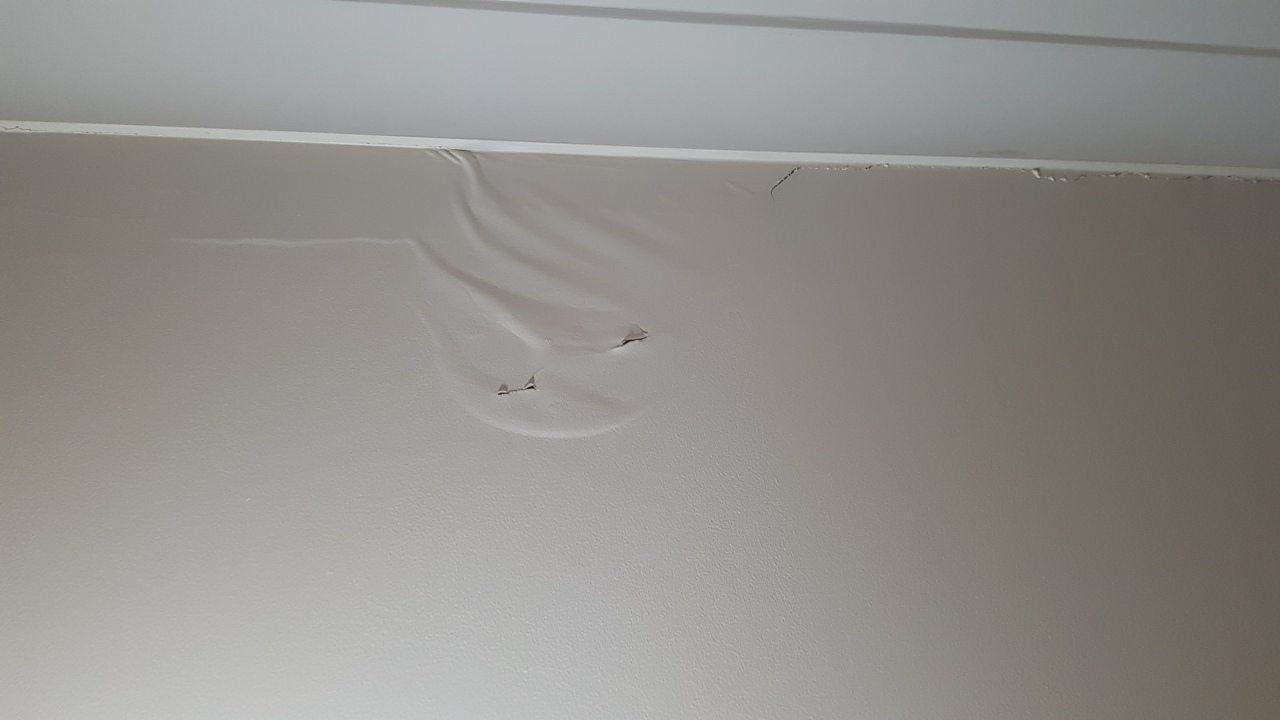
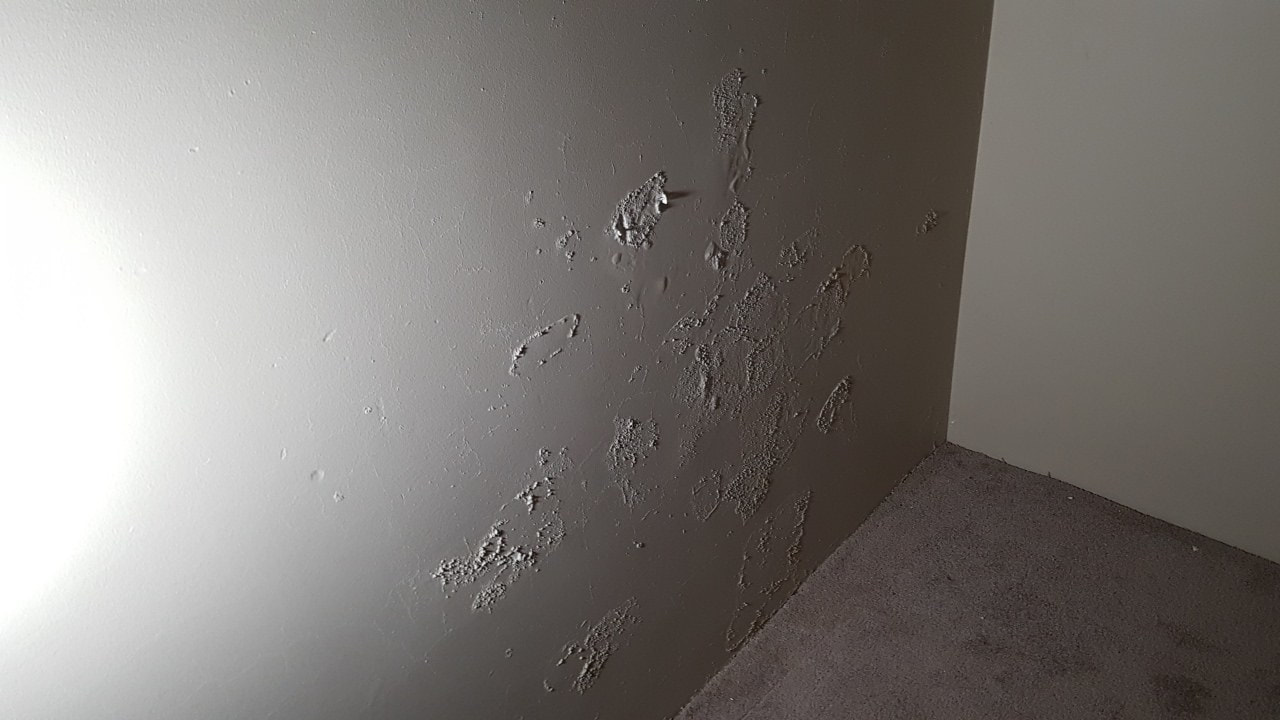

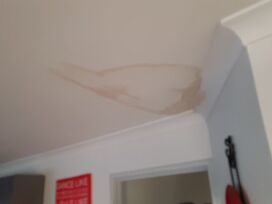
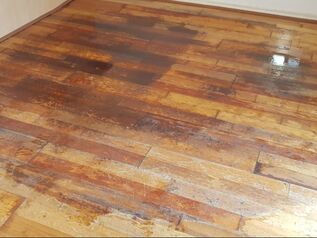
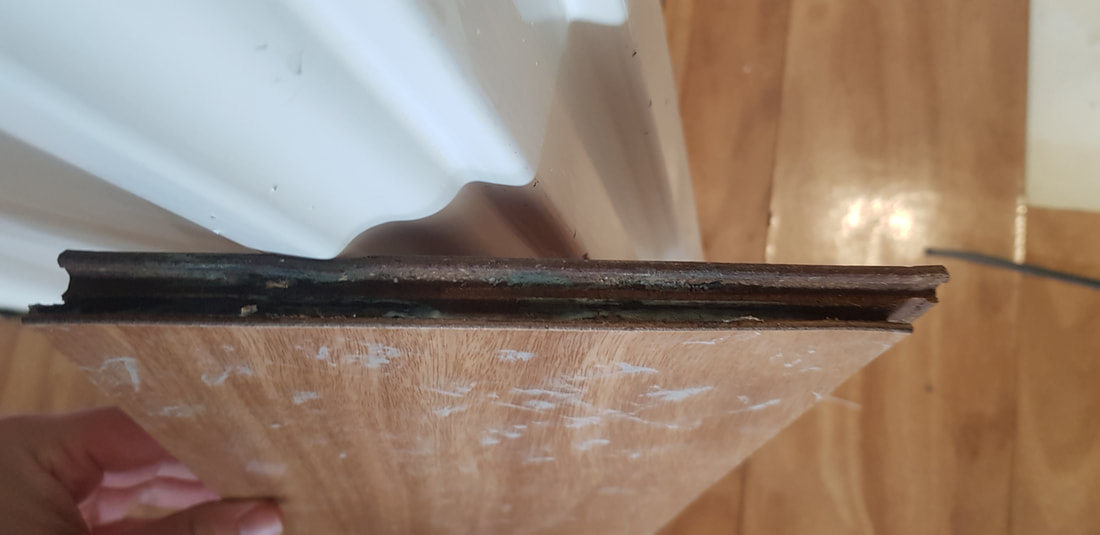
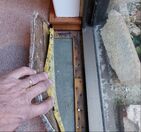

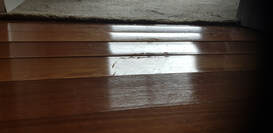

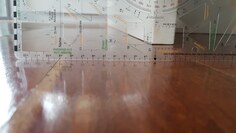
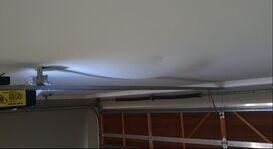



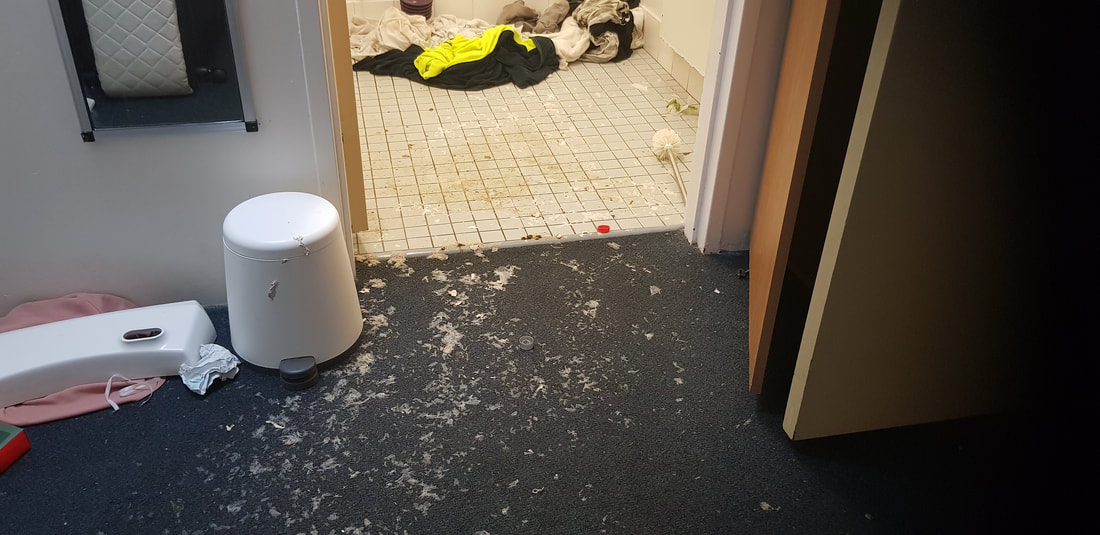
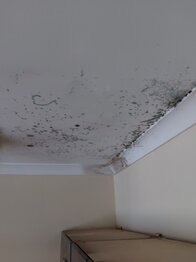

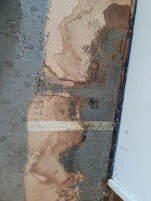

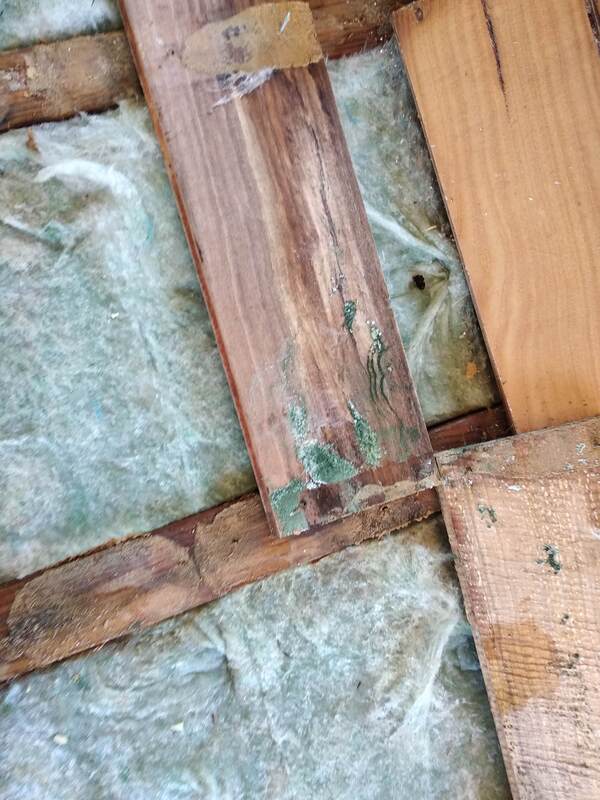
 RSS Feed
RSS Feed